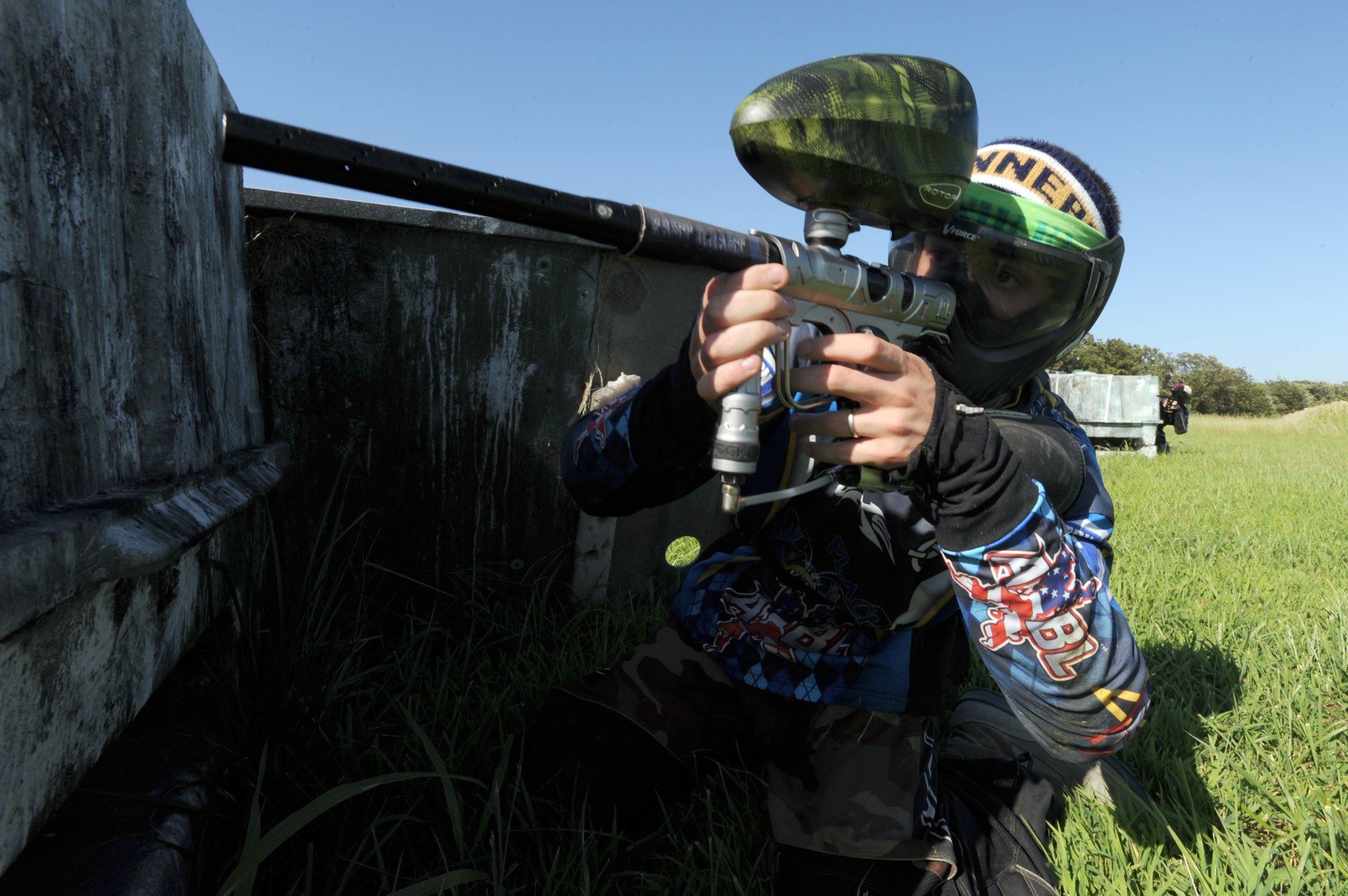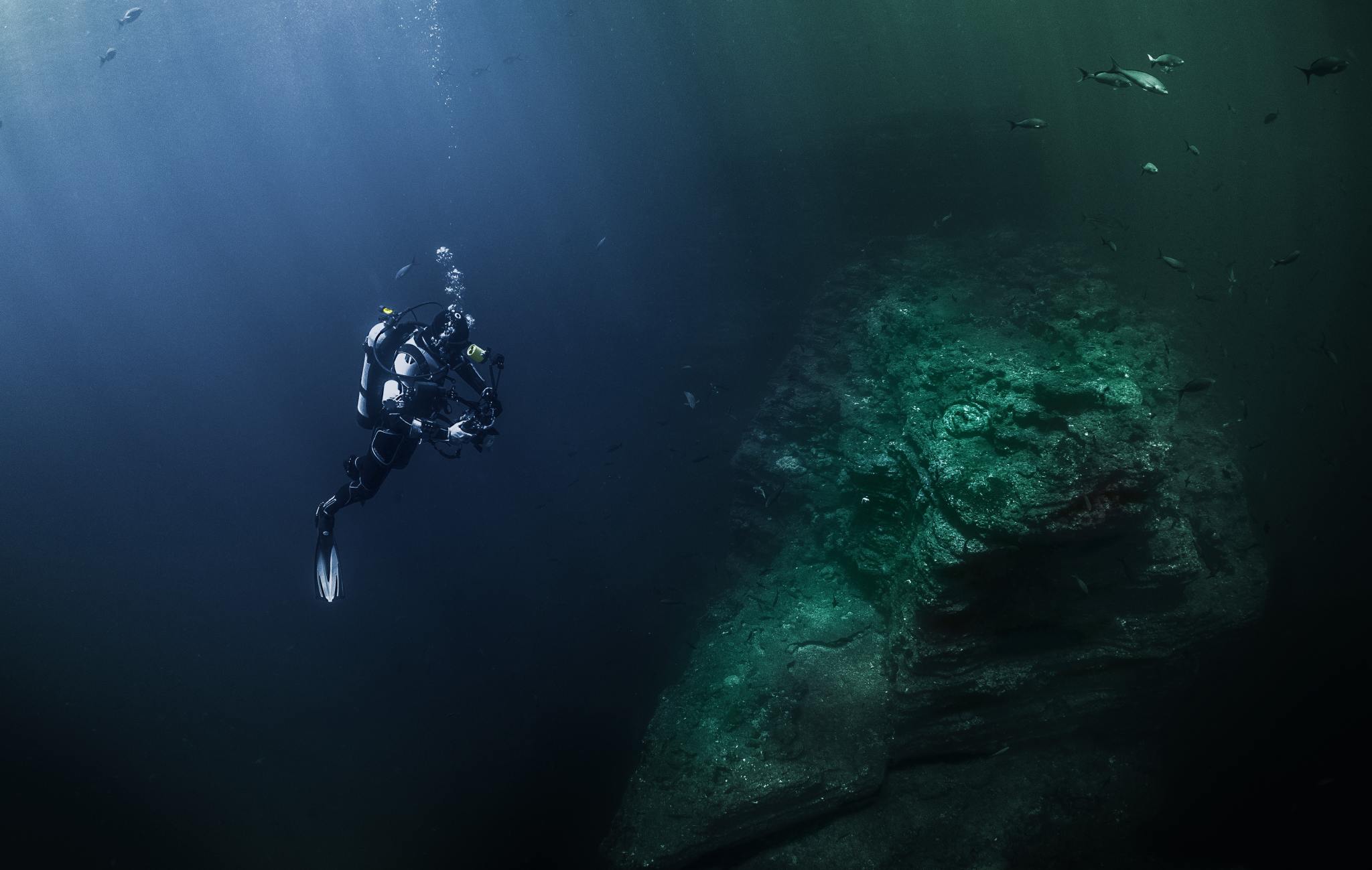Storing gases and liquid for spaceflight is a high-pressure job. When NASA wanted stronger, lighter tanks for the space shuttle, it invented a new process using composite wrapping. Now these containers are used around the world, in everything from city buses to baby warmers.
Pressurized tanks hold gases and liquids for many applications on spacecraft, such as fuel and life-support systems. Higher pressure allows the same amount to be stored in a significantly smaller cylinder, but it also increases the risk of the tank bursting.
Early pressure tanks were made of metal, which is strong but heavy. In the 1960s and ’70s, scientists at Lewis Research Center in Cleveland, now NASA’s Glenn Research Center, partnered with outside researchers to investigate and test a new way to build these tanks.
Called composite overwrapped pressure vessels, these new tanks are made of a liner — usually metal but sometimes plastic — tightly wrapped in high-strength filament coated in resin. While the concept is simple, it took years to get the process right.
The result, however, was impressive. Composite overwrapped pressure vessels are stronger than the all-metal pressure tanks they replaced to the point that they can weigh about half as much while holding the same amount.
One of the challenges NASA faced was ensuring the new tanks were safe. Due to the interaction of liners and fibers, failures were harder to predict than in all-metal versions. In the 1970s, NASA brought on Structural Composites Industries (SCI) to continue to advance testing and design of the vessels.
SCI conducted extensive burst testing — filling the vessels to see when and how they failed — and created a computer program to analyze and improve the vessels. The software calculated stresses and strains at various pressures over their lifetimes.
Each space shuttle ended up incorporating 24 composite vessels, saving more than 750 pounds compared with all-metal tanks. SCI also started selling the tanks to other customers.
Staying Safe While Cutting Weight
Firefighters are always supposed to carry breathing equipment with them into fires. However, in the 1970s, these first responders told researchers they often chose not to wear their breathing systems because they were cumbersome and restricted movement.
One of the bulkiest and heaviest components was the steel tank that held oxygen. SCI, through another NASA partnership, was one of two companies contracted to build a better, lighter tank. Thanks to their experience with shuttle tanks, they built a composite overwrapped pressure vessel that weighed just 26 pounds and could hold as much air as a 41-pound steel cylinder.
Several major cities field-tested NASA’s firefighter breathing system, finding that it reduced injury rates and was welcomed by users. Composite cylinders are now commonly used by firefighters.
Another early use was on airplanes, to store the gas that fills inflatable escape chutes in an emergency. The new composite cylinders saved around 200 pounds on the Boeing 747 airliner, and composite pressure vessels are now in use on nearly every airliner around the world. They inflate escape chutes, hold the oxygen for emergency breathing systems and hold the gas that ejects emergency landing gear.
SCI was acquired by Worthington Industries in 2009. But its production facilities, still located in Pomona, California, remain among the leading manufacturers of this NASA-invented technology. The company sells 60,000 to 80,000 composite pressure vessels per year, ranging in size from two by eight inches to about two by 10 feet, says Daniel Orton, product manager at Worthington. “They’re just everywhere. It kind of boggles the mind.”
Buses, Babies and Paintball
Today, some of the most common — and largest — tanks hold compressed and liquid natural gas on buses. Another common use is breathing systems, similar to the one originally developed for firefighters. Worthington’s composite tanks are found in aviation, life support, scuba diving and high-altitude parachuting. Medevac vehicles use Worthington products in infant life-support systems known as isolettes. Aqua Lung, one of the original scuba gear manufacturers, is also a customer.
The lightweight tanks are popular for many military applications such as air-powered anti-missile guns and sounding rockets. The British Royal Navy saved 1,500 pounds per ship by replacing the steel cylinders on its minesweepers with Worthington’s composite cylinders.
“They got real popular about 10 years ago, even for paintballers,” Orton adds. And of course, composite pressure vessels remain commonplace in the space industry, where weight and volume are always primary concerns.
Countless companies and end users have benefited, Orton says, because “NASA asked, ‘Is it possible to make a lighter-weight cylinder than we have now?’ And they came up with this solution.”
NASA has a long history of transferring technology to the private sector. Each year, the agency’s Spinoff publication profiles NASA technologies that have transformed into commercial products and services, demonstrating the wider benefits of America’s investment in its space program. Spinoff is a publication of the Technology Transfer program in NASA’s Space Technology Mission Directorate. To learn more about this NASA spinoff, read the original article from Spinoff 2019.
For more information on how NASA is bringing its technology down to Earth, visit:
Mike DiCicco
Goddard Space Flight Center


























